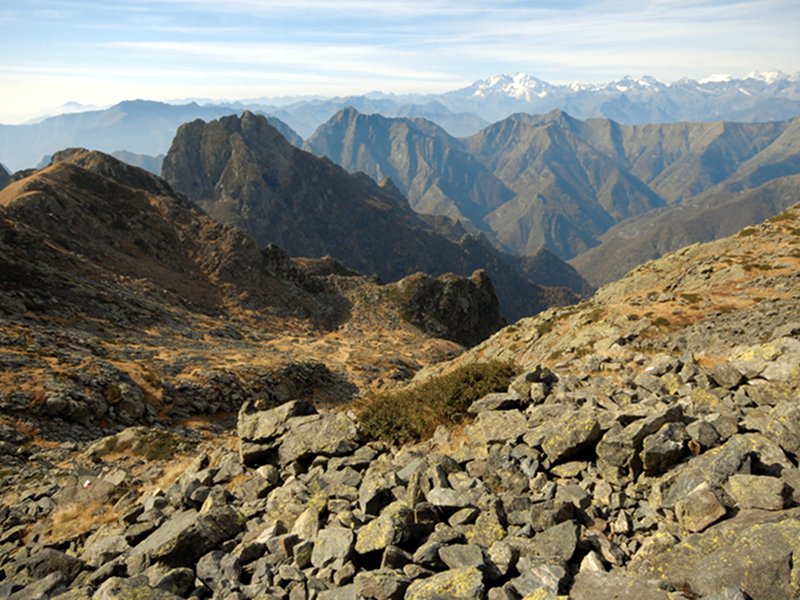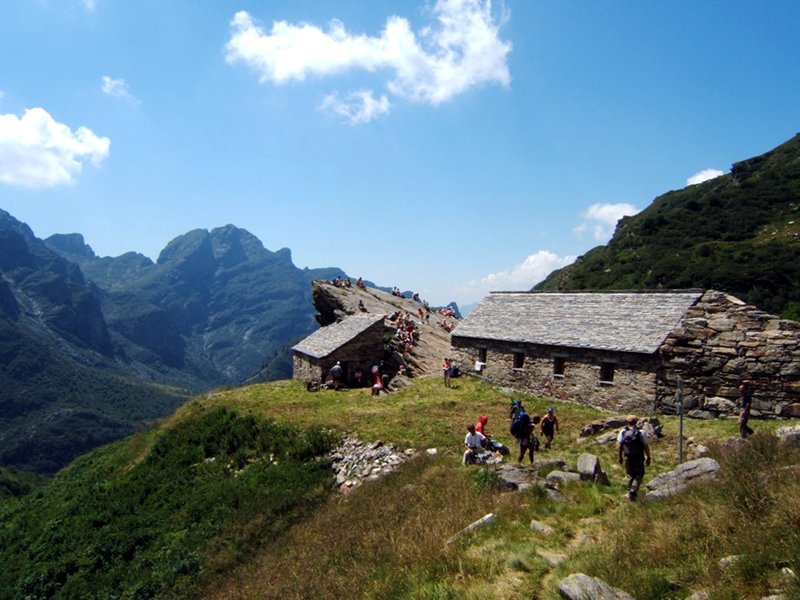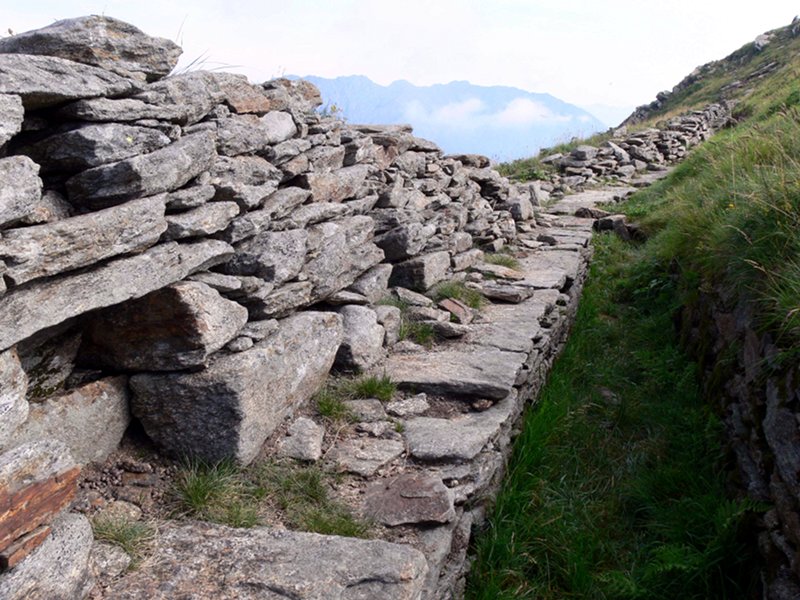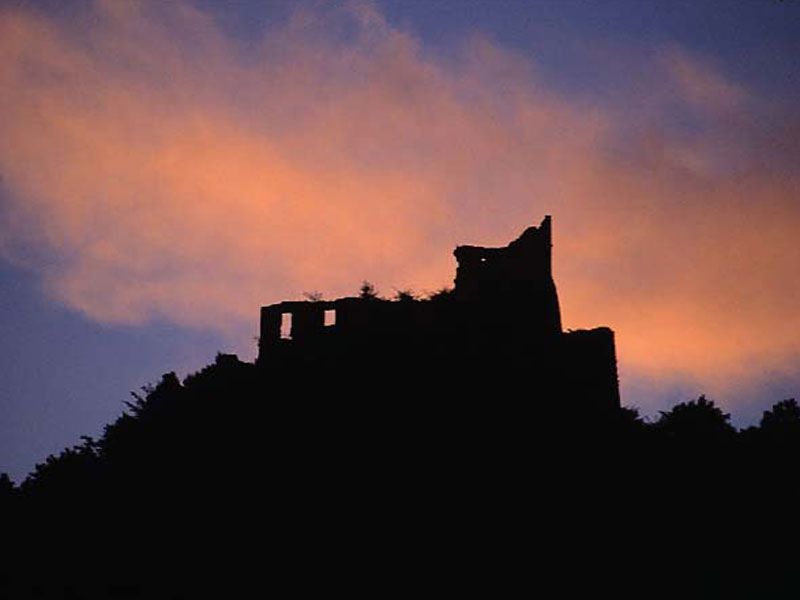Points of Interest
Wilderness
The word "wilderness" usually reminds of unlimited spaces, wild and uncontaminated places far from the presence of man. However, Val Grande is not only this. Here the traces of the human presence are very evident: mule tracks, summer grazing pastures, terraced soil, and abandoned cable ways witness the intense presence of man during the past centuries. "Wilderness" in Val Grande means an abandoned place with no roads nor permanent and seasonal settlements, where nature is slowly regaining its spaces. In this valley, wilderness means harmony, natural balance, and uncontested silences.
The Mountain Huts
In the mountains of Val Grande and in the adjacent mountains, the great work made to build the mountain huts at the end of the last century thanks to the Verbano Section of the Club Alpino Italiano is witnessed only by the presence of Pian Cavallone Mountain Hut. As a matter of fact, the other mountain huts (Pian Vadà and Bocchetta di Campo) were destroyed during the last war and they have never been restored. Pian Cavallone Mountain Hut was the first one to be built in 1882, a few years after the creation of the Verbano Section of CAI (1874). The CAI supports an intense activity aiming at enhancing the local mountains, opening a number of trails and carrying out reforestation projects. Pian Cavallone mountain hut in the Town of Intragna is open during the summer and during the weekends.
In the heart of the Val Grande, Bocchetta di Campo mountain hut was built in 1897, but it was damaged during the last war. The Park Authority has been planning its recovery, in order to use it as a surveillance station and a shelter for hikers.
Cadorna Line
The traces of the long trenches and military roads can be found along the trails leading to Val Grande National Park and more precisely to Cuzzago and to Mt. Proman (Premosello Chiovenda), and much higher on the slope leading from Folungo Pass (Aurano) to Mt. Zeda.
Between 1916 and 1918, the years of WWI, the fear of a hypothetical Austrian-German invasion across the neutral Switzerland led General Luigi Cadorna from Pallanza, Head of
Stato Maggiore dell'Esercito, to arrange a defense line along the southern border of Canton Ticino. Roads, trenches, communication trenches, tunnels, munition deposits, forts, and weapon pits were part of this great defensive structure which fortunately never became a battlefield.
Vogogna Medieval Village
Vogogna is a village which still preserves the traces of its famous past. An old village already mentioned in a parchment of the year 970, but which dates back to a more ancient period. Evidences of this are for instance the "mascherone celtico" of Dresio and the Roman period tombstone, reminding of the creation of the Roman roads of Ossola in 196 A.D. The Rocca, the castle, and the Praetorium Palace witness centuries of magnificence: as a matter of fact, from the first half of the 14th century, Vogogna became the administrative center of the lower Ossola, according to the will of the Visconti family.












